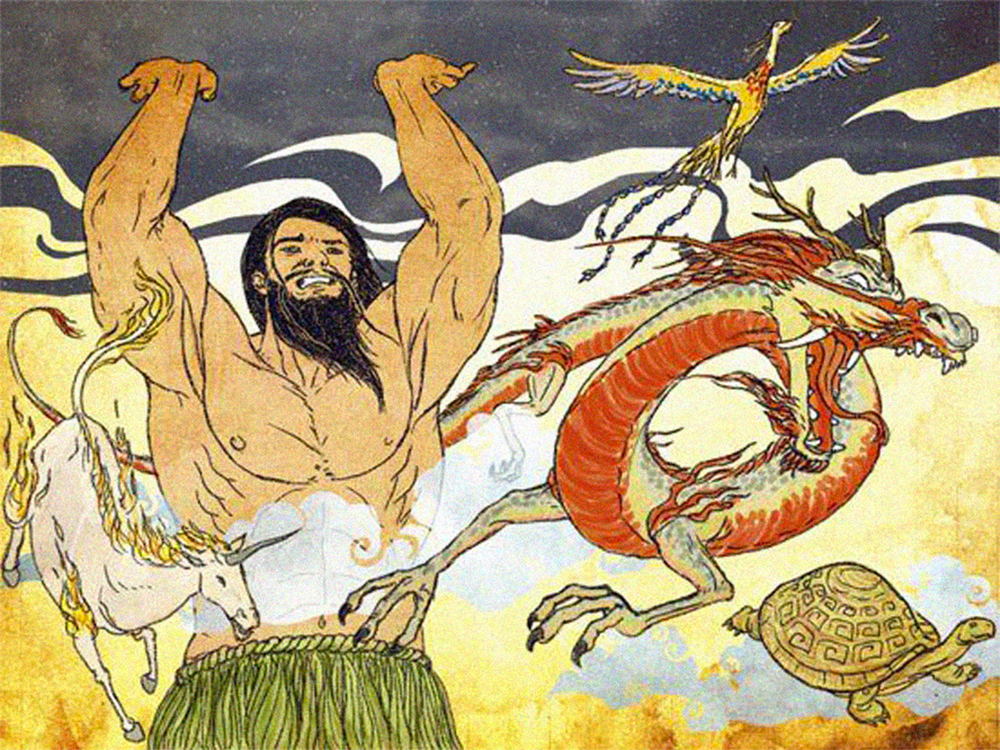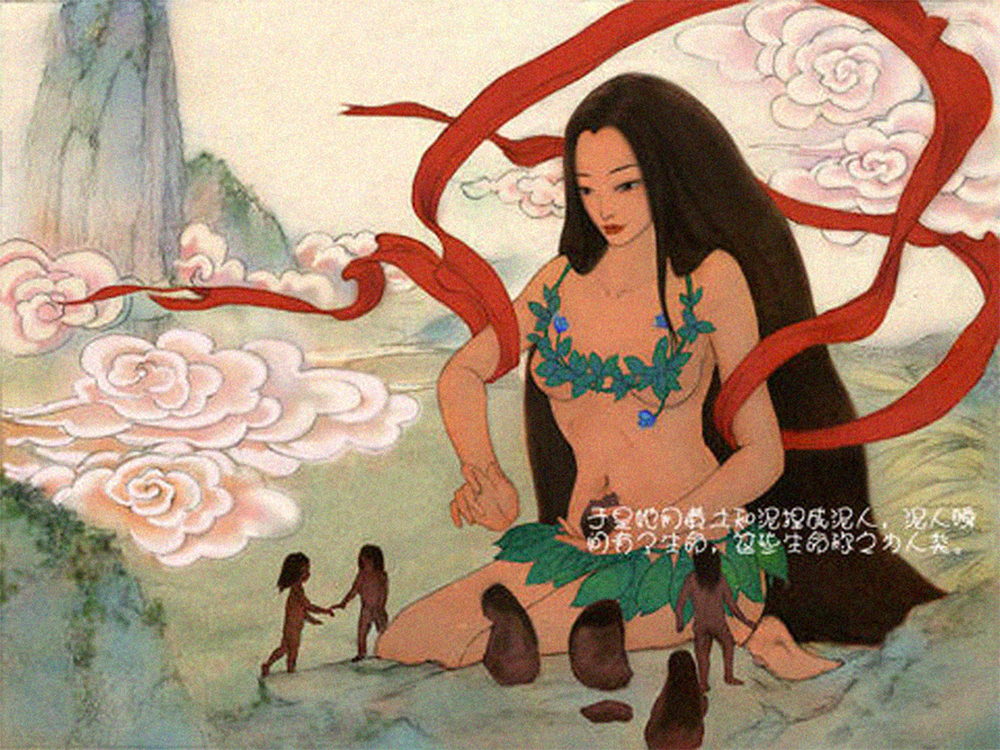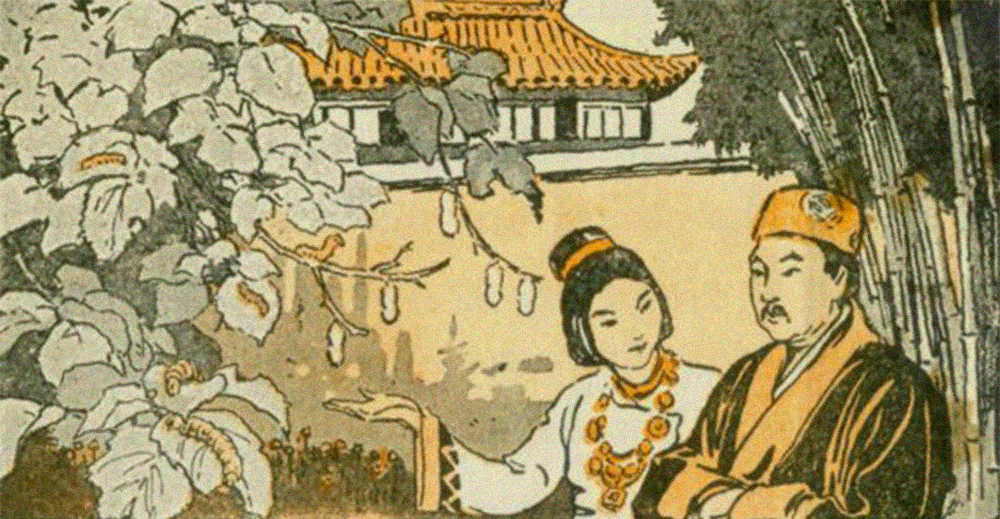Hello, and welcome back to Learning My ABCs! In the last post, I recounted my life story and confessed my insecurities growing up “Fresh Off the Boat” from Shanghai. Basically, up until now, I’ve only been talking about myself, and I have yet to touch upon all the many beautiful aspects of the Chinese culture (of which this column is supposed to be about).
What is Chinese culture?
Chinese culture is everything from the food to the gestures to the stories and the folktales that embody the customs and the beliefs of the 中国人民 (Zhōngguó rénmín; the Chinese people).
The ancient Greeks were not the only culture with stories to explain why the sun and the moon trade positions from day to night, or why the seasons change from winter to spring. The Chinese had their own versions, with their own celestial beings and their own reasonings behind the forces of nature. It is from these stories that Chinese holidays, beliefs, and traditions came to be.
Growing up, my mother used these stories to explain the unexplainable. These were simple tales to soothe the constant Whys?, Whats?, and Hows? that came from a three-year-old with a long finger that pointed at everything she saw (a.k.a. me).
How was the world created?
“Long ago, the Universe was a chaotic ball of gas. One day, a giant named PanGu (盘古) was birthed and he used his axe to cut open the gas ball. From this, the lighter gases floated upward to form the sky, and the heavier gases sank downward to form the ground and the Earth. To keep them separated, PanGu stood between them and pushed up the Sky. With each day, the sky grew ten feet higher, the Earth ten feet thicker, and Pangu ten feet taller. After several thousands of years, PanGu died. As his body disintegrated, his breath became the winds, the mist and the clouds; his voice, thunder; his left eye, the sun; his right eye, the moon; his blood, the rivers; the shoulder blades, the mountains; his sweat, the rain; and the fleas on his hair became animals.”
-PanGu and the Chinese Creation Story

How were humans created?
“One day, the lonely goddess Nüwa (女娲) was bored, so she used herself as a model and created humans out of yellow clay that she found on the river bank. That is why Chinese people have yellow skin. Soon, she got tired of handcrafting humans, so she decided to change her method. She took a rope and dipped it in the mud and flicked it around, causing mud to drop everywhere. Each drop turned into a man or a woman. Some drops landed so far away, burnt by the sun’s heat and changed color. Those drops became people of other races. And that is how humans came to be.”
– The Myth of Human Creation
https://hariqhuang.wordpress.com/2011/07/09/女媧-nu-wa-∼-the-myth-of-human-creation/

Chinese folktales teach morals and lessons:
Besides explaining nature and how things came to be, folktales are also used to teach kids morals and manners. When I was little, my dad would come into my room every night and tell me a story. His stories would always end with the same phrase “只错不改是个坏孩子,” which translates to, “If you keep repeating your mistakes after being scolded, then you are a disobedient child.” These aren’t traditional Chinese stories, of course, because he made them up to teach me a lesson, but here is a story that I remember distinctly:
“One day, Huang Ling and his mother gave each child one piece of candy out of a jar and told them they can only have one candy per day. Huang Ling and Huang Hong nodded obediently and ate their candy. However, Huang Ling wanted another piece of candy because it was just so delicious and sweet! His mother wasn’t looking, so he reached into the jar and grabbed another piece. His mother turned around and saw him doing so and she cried ‘Huang Ling, what did I say? One a day!’ Huang Ling nodded obediently and said sorry to his mother, but he was still craving candy. His mother wasn’t looking again, and Huang Ling thought, ‘What if I take a handful of candy and hide it in my room? She will never know.’ So Huang Ling reached into the jar with his little hand that was just small enough to fit into the opening of the jar and grabbed a handful of candy. But when he tried to pull his hand out, he couldn’t, because it was stuck. A handful of candy was not going to fit through the small opening of the jar. He panicked and started crying. His mother turned around and laughed. ‘What did I say? One candy a day. 只错不改是个坏孩子.’”
Chinese children’s folktales:
When I was little, my mom used to read me bedtime stories from a Chinese children’s book. There would be tales about princesses, warriors, greedy old men, and clever animals, but my favorite stories though, (the ones I would request every night), were the ones that showcase the cleverness of humankind.
What can you buy for a dollar that can fill a whole room?
“One day, a mother gave each of her two children one yuan (one dollar) and told them to go out and buy something that can fill the whole room. By the end of the day, both children came home with their items. The older child used her yuan to buy a handful of sticks that barely filled an inch in the room. The younger child, on the other hand, brought home a candle. She lit the candle, and instantly, the room was bright and filled with light. The mother was proud of her younger child.”
How does a blind man differentiate a black vase from a white vase?
“One sunny day, a blind man went to the market to purchase a vase. A sly swindler saw this blind man and thought of a plan to trick him into buying the cheaper black vase for the price of an expensive white vase. So the swindler went up to the blind man and convinced the man to buy the black vase. ‘This is the most pristine white vase on the market, made of the most expensive material and worth a million yuan, but luckily, I will sell it to you for a cheaper price. Come buy!’ The blind man touched the black vase, then he bent down and touched a white vase on the sales table. He frowned. ‘The vase you are trying to sell me is obviously a black vase since it is warm and absorbs heat. The vase on the table is the white vase because it is cool on a sunny day. You are trying to trick me, sly man.’ And with that, the blind man walked away.”
Thanks for Learning My ABCs with me! Tune in next time for a special surprise! (Hint: I went to China recently!)





